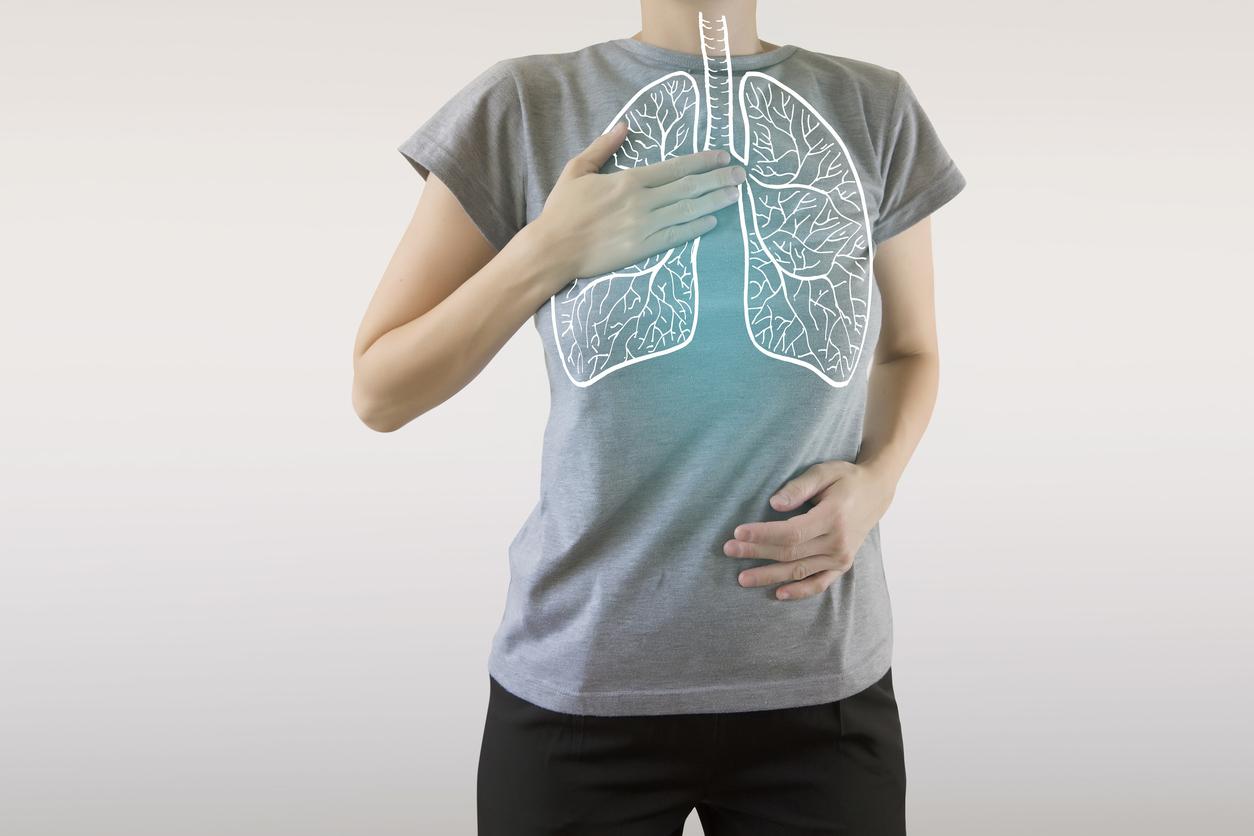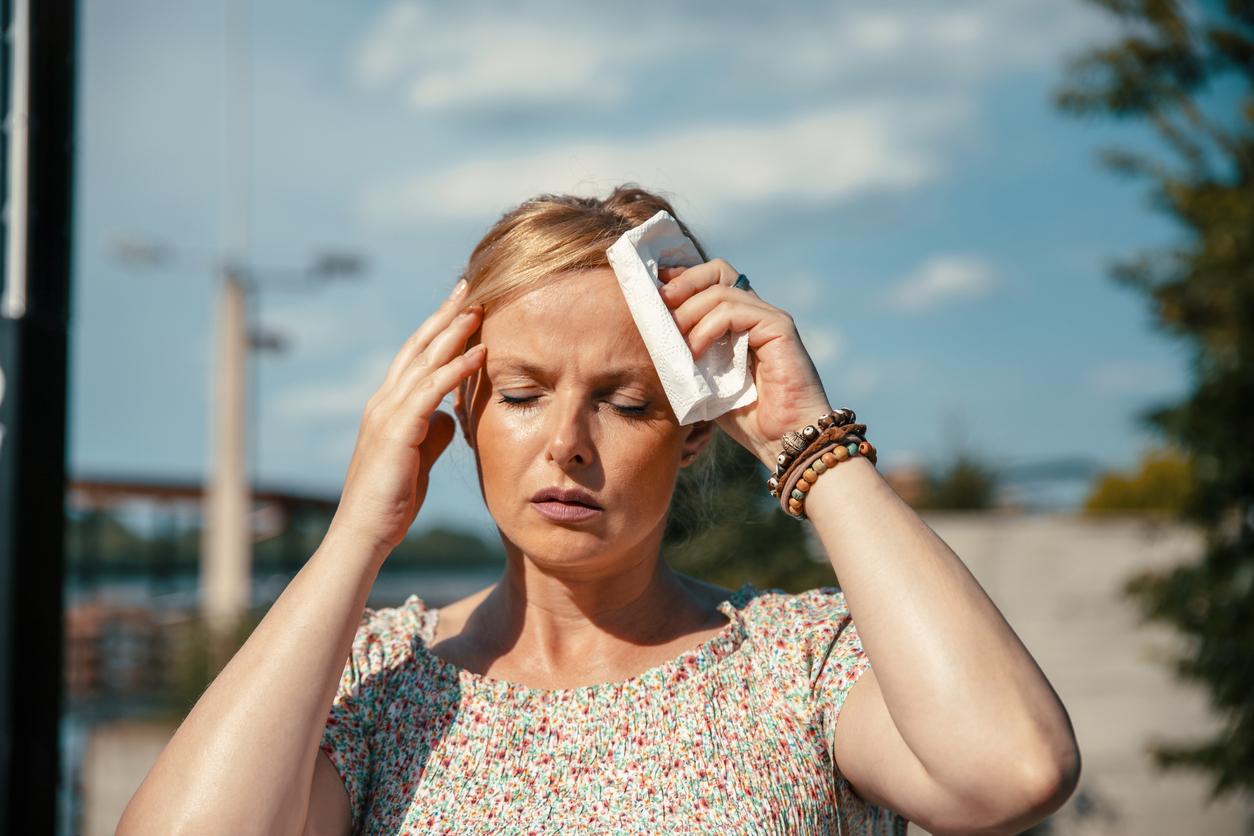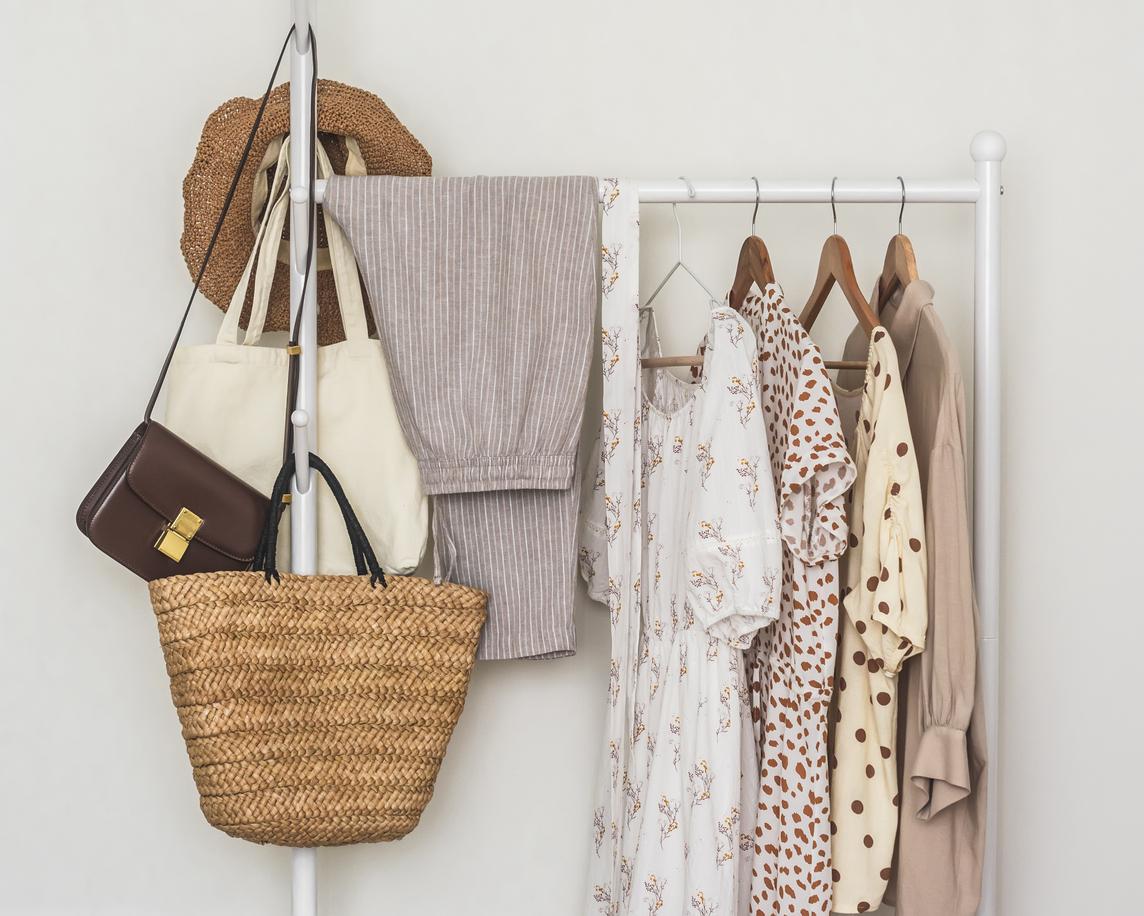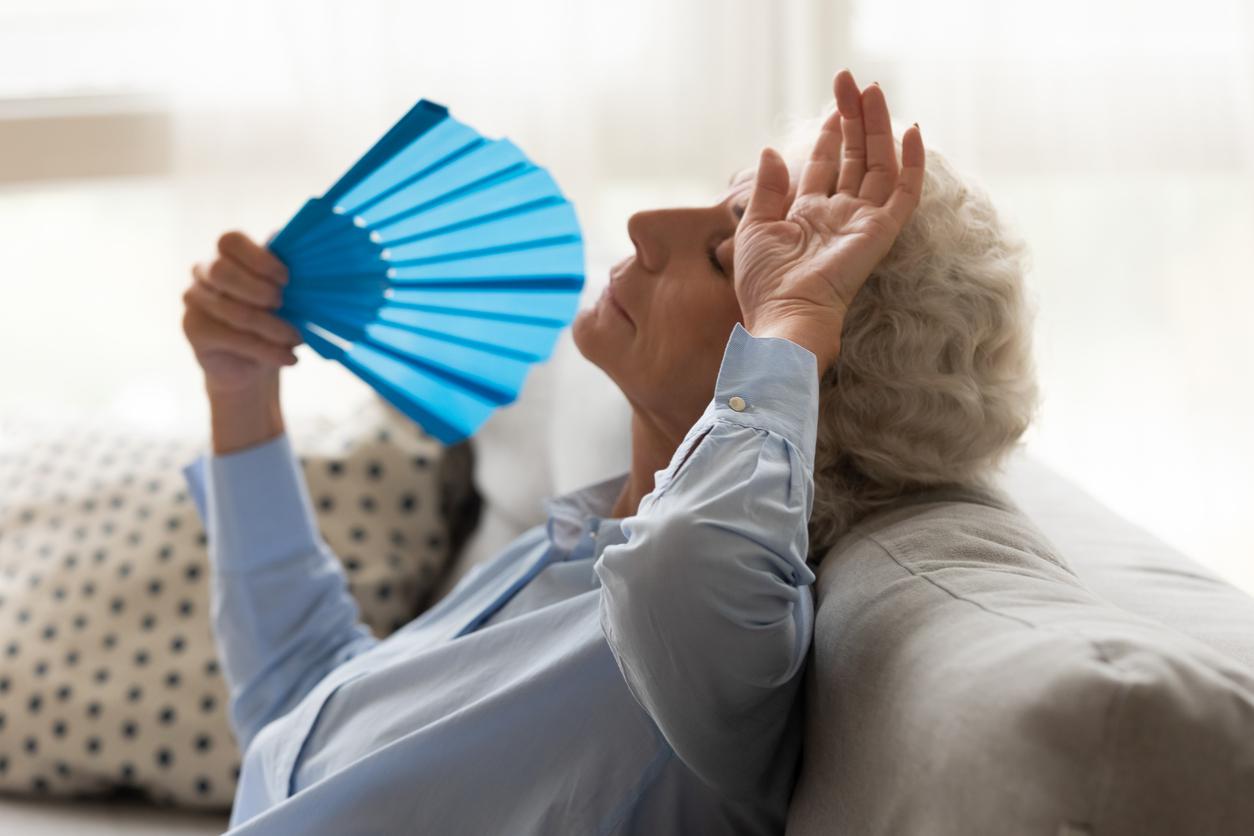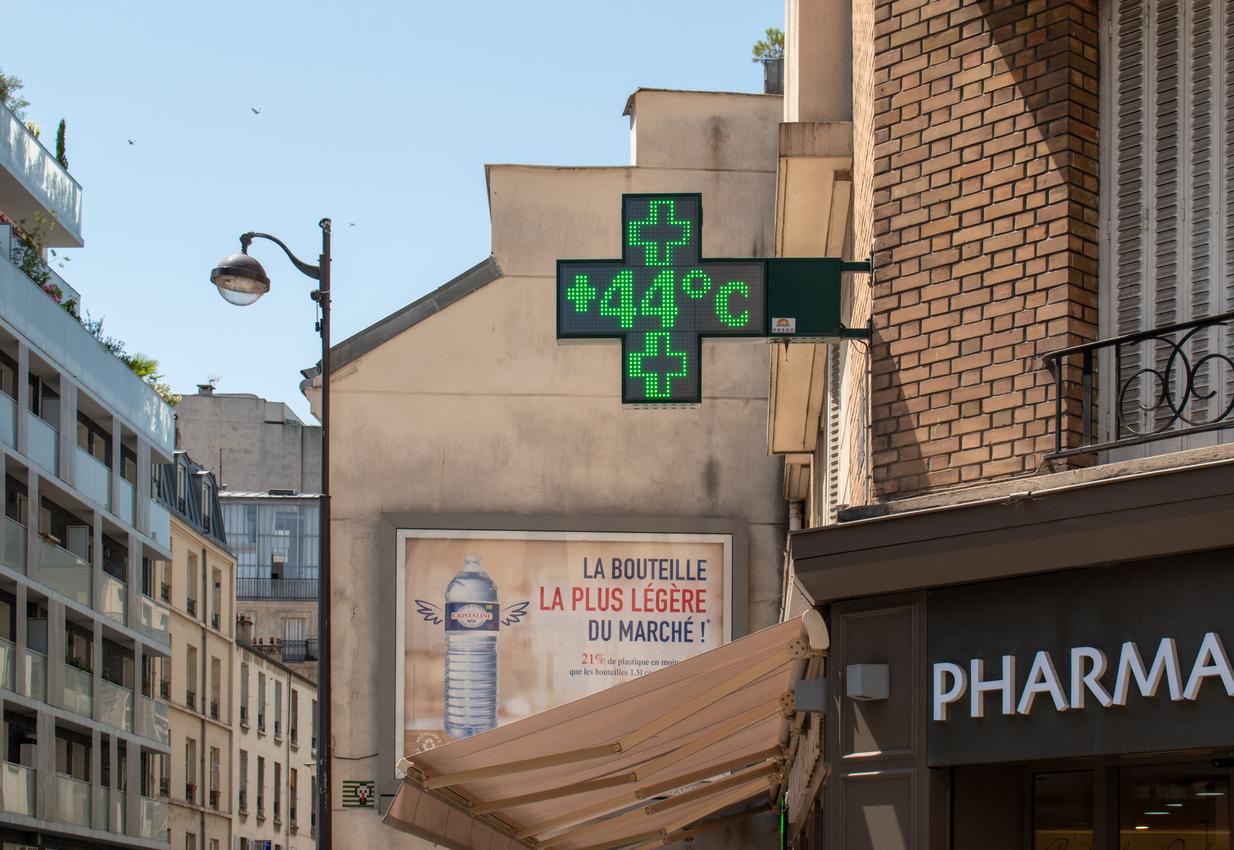The temperature rises during this new heat wave. We want to cool off, we turn on our little air conditioning or we spend time in our hot tub (if we are lucky enough to have one…) but it is not always without risk. Because bacteria like hot water, and can be very dangerous, like the one that causes legionellosis., as Why Doctor reminds us.
Where does legionellosis come from and how do you catch it?
“Legionellosis is a disease of bacterial origin, potentially fatal. The recent emergence of this disease is explained by its affinity for modern water supply systems such as domestic hot water networks, cooling towers, jet baths, whirlpool baths (jacuzzi)…” explains the Institut Pasteur.
Legionella bacteria are found in aquatic flora, and are often found in hot springs. They are very resistant to heat (which they even like!) between 30 and 60 degrees.. In 1976, the first epidemic occurred, triggered in a hotel, because of air conditioning in which the bacteria Legionella pneumophila had developed. 29 people died.
It is caught from infectious aerosols that come from aquatic environments. “After inhaling the aerosols, the bacteria present are absorbed at the level of the pulmonary alveoli then they invade the macrophages, cells of the immune system, which they end up destroying”, explains the Pasteur Institute. But legionellosis is not transmitted between humans.
What are the symptoms of legionellosis?
The symptoms of legionellosis are reminiscent of those of Covid-19, or even the flu. It can occur within 2 to 10 days after contamination, causes a dry cough, fever (which rises), abdominal pain, intestinal disorders, acute lung infection.
The complications are: the kidneys stop working, or the lungs stop working. Without treatment, neurological disorders occur and can cause coma.
How is it detected, can we be treated?
As with Covid-19, legionellosis can be detected using a PCR test. If it is resistant to penicillins indicated against pneumopathies, can be treated with other antibiotics : macrolides, fluoroquinolones, rifampicin. They are prescribed for 14-21 days.
Each year in France, it is estimated that there are between 1600 and 2000 cases. But “the notified cases of legionellosis often correspond to people hospitalized in intensive care or in an intensive care unit”, specifies the site of the Ministry of Health. “Healing is often achieved after several weeks or even months.”
How to guard against it?
During a heat wave, legionella can develop more easily: because the water in your hot tub or that of your air conditioner can rise in temperature and create a universe conducive to its proliferation. But the latter can also arise in the water pipes, in the sink, in the shower, when no water is circulated there for a certain time…
To guard against this, the Ministry of Health advises running water regularly at water points that are little used at home (once a week) and after a prolonged absence. He is advised to have water between 50 and 60 degrees in the kitchen sink. It’s necessary descale and disinfect your faucet nozzles regularly.
Regarding air conditioners, manufacturers are required to explain how to take care of the water they contain to avoid these risks. Maintenance is therefore very important. For spas, hot tubs: they have to be cleaned every week (filters and walls), use the right water treatments, pay attention to the pH (between 7.2 and 7.4).
Sources : Ministry of Health, Pasteur Institute
Read also:
- 24 cases of legionellosis and 2 deaths in Strasbourg
- Bacteria in swimming pool water










